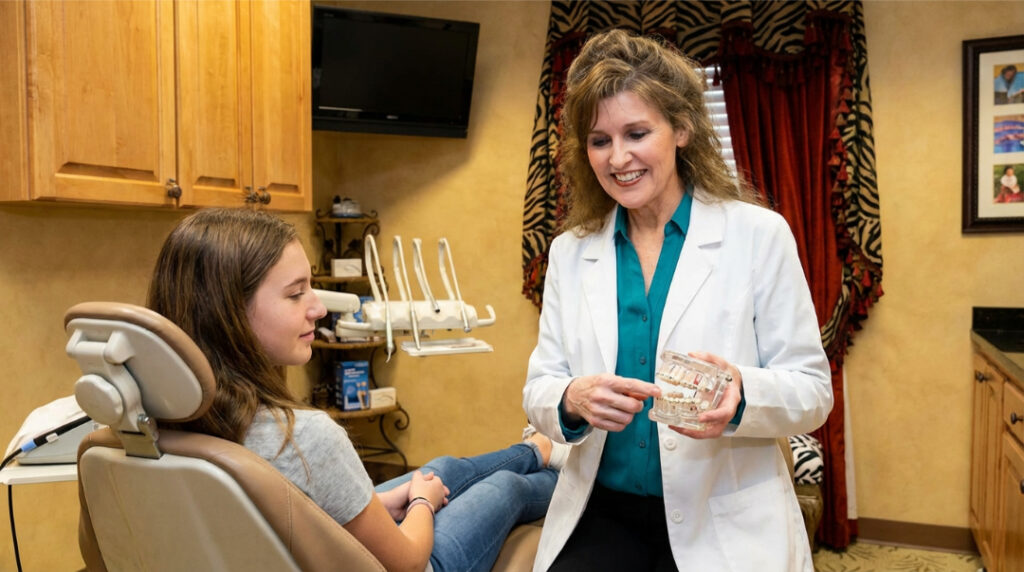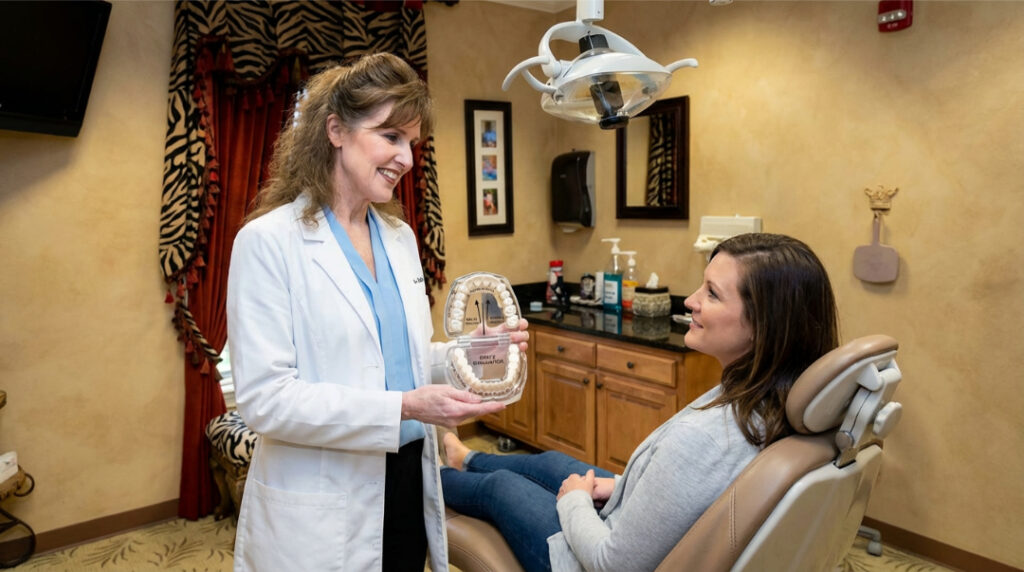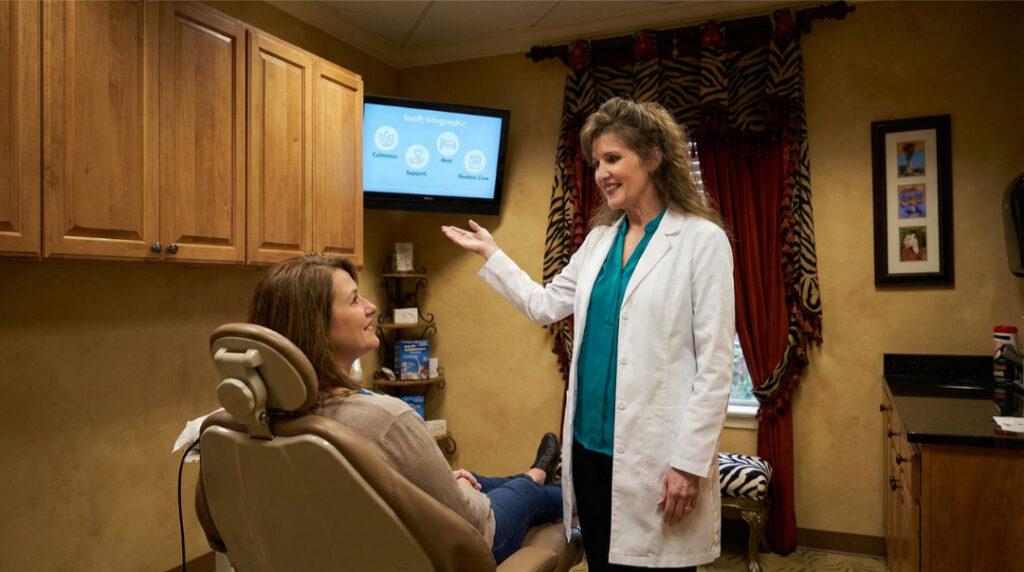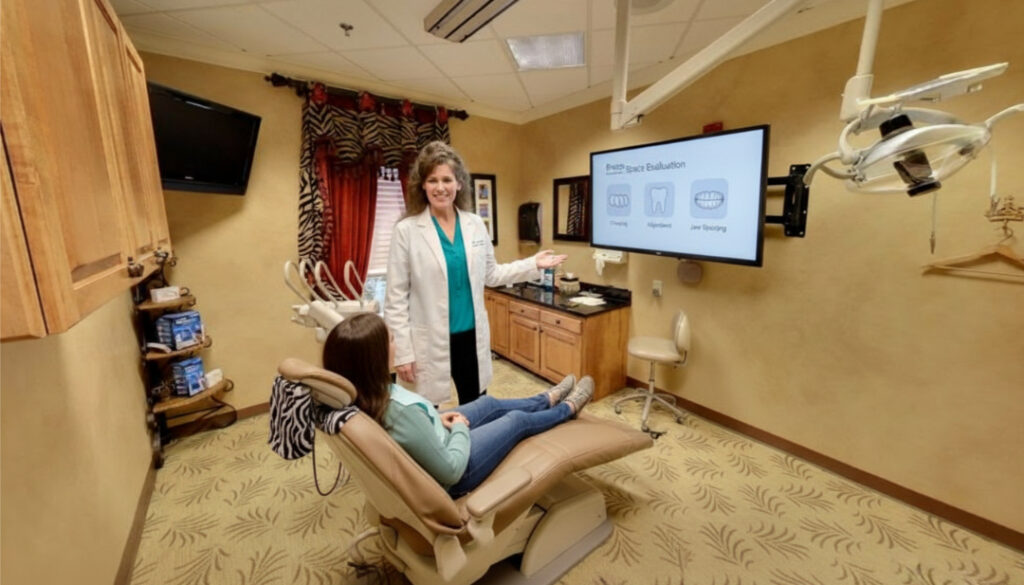Yes, tooth extraction is sometimes necessary with braces, especially when there’s severe crowding, bite issues, or jaw misalignment. However, it’s not required for every patient—modern orthodontic treatments offer alternatives that may avoid extractions altogether.

Tooth extraction is often part of a comprehensive orthodontic plan when a patient’s mouth is overcrowded or structurally unbalanced. This is not a default step, but a strategic one made by your orthodontist to improve long-term results.
Here’s why teeth are pulled for braces:

No, not all braces treatments require tooth extraction. At Buford Dentist, we assess each patient individually to determine the best approach.
Factors that determine if extraction is needed:

Most commonly, premolars are extracted because they sit in the middle of the dental arch and offer ideal space for alignment.
Typical teeth removed for braces:

Tooth extraction may happen either before braces are applied or during treatment, depending on your orthodontist’s plan.
Wondering how long surgery takes? Here’s what the process typically looks like:

Post-Extraction Oral Care is straightforward and essential to avoid complications and prepare your mouth for braces.
What to expect:

Modern orthodontics increasingly looks for non-extraction approaches, especially for growing children or patients with minimal crowding.
Popular alternatives:

Real patients at Buford Dentist often have mixed feelings—some are nervous at first but relieved by the results.
Common patient experiences:

Orthodontists weigh multiple factors before deciding on extraction. At Buford Dentist, our goal is to preserve as many natural teeth as possible.
Orthodontist insights:
Tooth extraction isn’t a one-size-fits-all requirement in orthodontics. At Buford Dentist, we create treatment plans that suit your unique smile, jaw shape, and goals.
Here’s what we recommend: